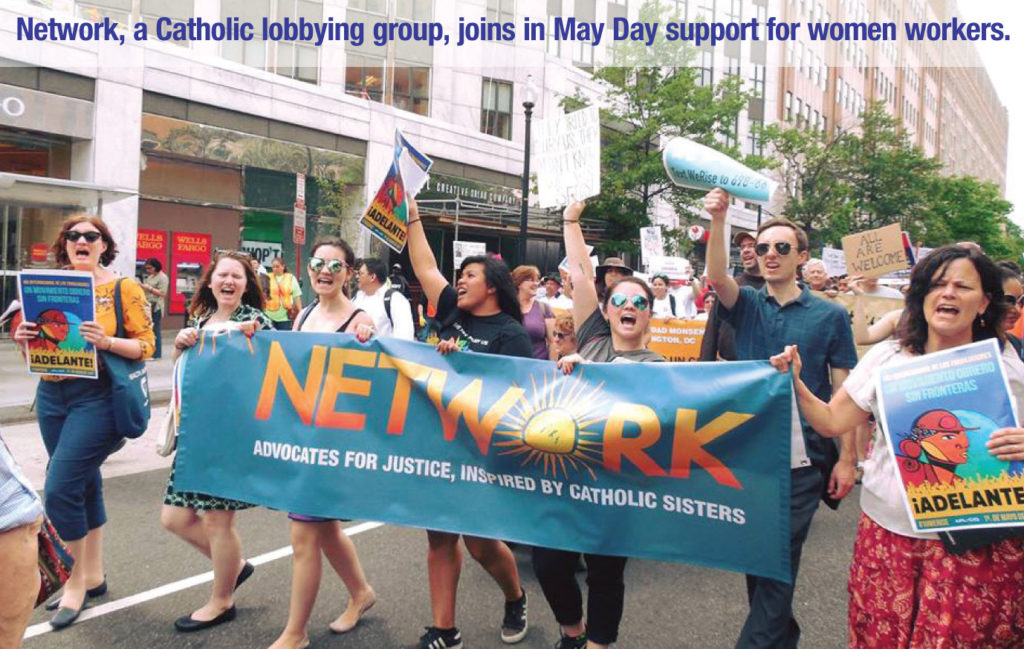
Peter’s mother-in-law survives in the oral traditions of the early Church and claims two verses in Mark’s written gospel. We don’t know her name. She seems insignificant compared to Jesus, her healer. The gospel is his story and his message. News of Jesus lifting her up spreads in Sunday’s gospel.
Few women studied scripture and theology before Vatican II. A few women got doctorates at the School of Theology that Sister Madeleva Wolff started at St Mary’s College, Notre Dame, in the 1940s. Feminist pioneer Mary Daly, who wrote the Church and the Second Sex, earned her first doctorate there. After Vatican II, theology schools opened to women who paid more attention to the women in the gospels.
Women scholars developed two tools for reclaiming women’s place in the early Christian communities. Tool 1 is suspicion: Suspect the gospel narrative doesn’t tell the whole story but has the author’s male point of view. Tool 2: Bring women from the margin of significance to the center of study. Resist and question interpretations that trivialize or dismiss women.
In the United States women’s work to end slavery developed into the suffrage movement and culminated in the 19th Amendment that gave women the right to vote in 1920. Along with the civil rights and anti-war movements in the sixties, a second wave of the women’s movement arose, mainly among white women. A third wave developed as woman of many cultures around the world joined in the struggle for equal rights.
In theology African American women created womanist theologies; Latinas created mujerista theologies. As women claimed their voices internationally, they also claimed their cultures and recognized we all speak from where we stand, from our own experiences and struggles. Their work generated liberation theologies that reflect women’s struggles where they live.
- How might lifting up women benefit the Church today? Your parish?
